Highland tourism lacks quality human resources
In the summer of this year, Phong Nha town, Quang Binh (after merging into Quang Tri province) said that at that time, there were 120 hotels and motels in the town with about 1,210 rooms. Along with that, the town also had 160 restaurants, eateries, coffee shops, and beverage services... serving tourists. However, during the peak tourist season, there was a widespread shortage of human resources. To meet the service demand, many businesses had to find ways to find human resources to maintain operations.
Before the merger, highland tourist destinations such as Phong Nha - Ke Bang; Tan Hoa Tourist Village; Chau Cave - Khe Nuoc Trong... attracted a large number of tourists to Quang land. Specifically, in 2022, the number of tourists coming here reached nearly 1,785 thousand visitors; by 2024, this number was 5.2 million visitors.
In fact, in recent years, many highland villages such as Moc Chau (Son La), Sa Pa (Lao Cai), A Luoi (Hue City) ... have become bright spots for tourism with homestay models, experiencing indigenous culture and exploring nature that attract tourists. The unique cultural advantages, majestic landscapes and the rustic lifestyle of the people are extremely valuable resources for developing community tourism. However, despite the great potential, exploitation is not commensurate due to the lack of well-trained human resources, from reception skills, cooking, guiding, communication to environmental protection and developing typical products.
In many villages, tourism activities are still fragmented and depend on spontaneity. Some households open homestays but do not understand safety and hygiene standards, and are even confused in communicating with tourists. Many young people want to participate in tourism but lack access to specialized classes. In addition to difficulties in knowledge and skills, language barriers also limit the opportunities for people in the highlands to access international tourists.
Statistics show that the tourism industry needs 40,000 workers each year, but in reality, the supply can only guarantee about 20,000 workers. Of these, workers with university and postgraduate degrees account for only 9.7%; primary, secondary and college degrees account for more than 50%; below primary degrees account for 39.3% and only 43% of the total number of workers are trained in tourism.
Poverty reduction motivation from tourism training classes
To overcome the above limitations, many mountainous provinces have implemented tourism training programs specifically for ethnic minorities. For example, Ha Giang province (after merging with Tuyen Quang province), according to statistics, before the merger, tourism businesses and establishments in the province created jobs for tens of thousands of rural workers each year. The province has implemented a project to develop human resources for tourism and opened 54 tourism training courses for nearly 2,000 people.
The training has contributed to improving the quality of tourism and changing people's thinking about preserving traditional culture. This not only helps tourists have a different and authentic experience but also preserves national identity in the context of modernization. Some highland youth, after participating in local tour guide training courses, have become "cultural ambassadors" leading tourists to explore the nature and historical stories of their villages.
Training tourism human resources also opens up many new job opportunities. Instead of relying solely on agriculture, people have additional income from accommodation, food, transportation, handicraft sales, and experience organization services. This contributes to reducing the poverty rate in many localities. For example, community tourism models in Y Ty (Lao Cai) or Ma Pi Leng (Tuyen Quang) have created stable livelihoods for hundreds of households, helping them improve their lives, build solid houses, send their children to school, and invest in production.
Source: https://baophapluat.vn/dao-tao-nhan-luc-du-lich-vung-cao-chia-khoa-mo-cua-sinh-ke-phat-trien-ben-vung.html




![[Photo] Prime Minister Pham Minh Chinh and his wife meet the Vietnamese community in Algeria](https://vphoto.vietnam.vn/thumb/1200x675/vietnam/resource/IMAGE/2025/11/19/1763510299099_1763510015166-jpg.webp)

![[Photo] The Standing Committee of the Organizing Subcommittee serving the 14th National Party Congress meets on information and propaganda work for the Congress.](https://vphoto.vietnam.vn/thumb/1200x675/vietnam/resource/IMAGE/2025/11/19/1763531906775_tieu-ban-phuc-vu-dh-19-11-9302-614-jpg.webp)



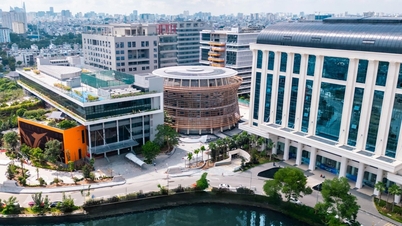








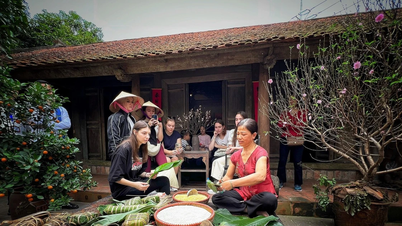












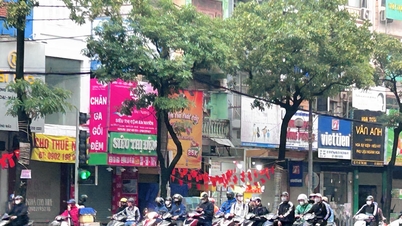
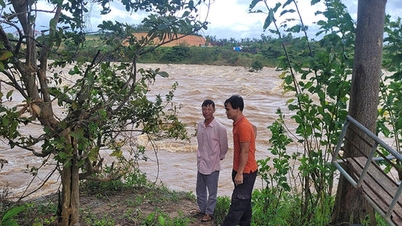
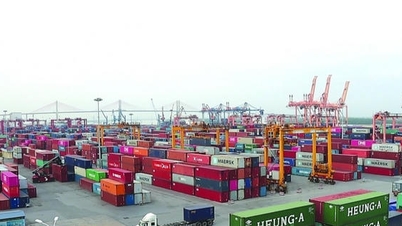
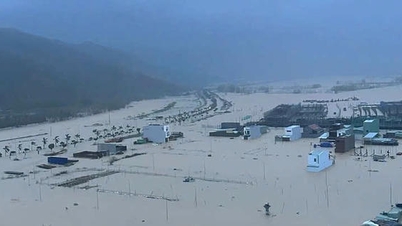
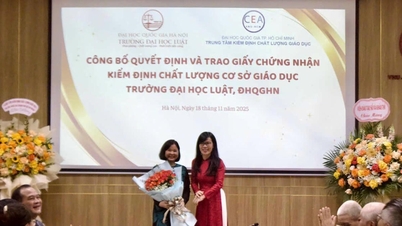
![[Photo] General Secretary To Lam receives Slovakian Deputy Prime Minister and Minister of Defense Robert Kalinak](https://vphoto.vietnam.vn/thumb/1200x675/vietnam/resource/IMAGE/2025/11/18/1763467091441_a1-bnd-8261-6981-jpg.webp)
![[Photo] General Secretary To Lam receives CEO of AP Moller-Maersk Group, Denmark](https://vphoto.vietnam.vn/thumb/1200x675/vietnam/resource/IMAGE/2025/11/18/1763462288958_a3-bnd-8222-2510-jpg.webp)









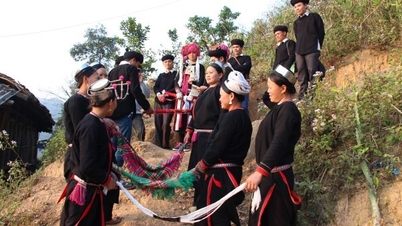



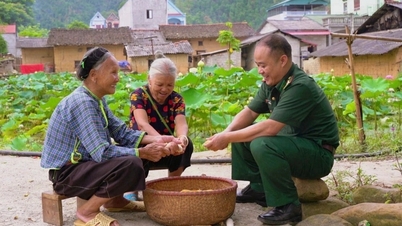






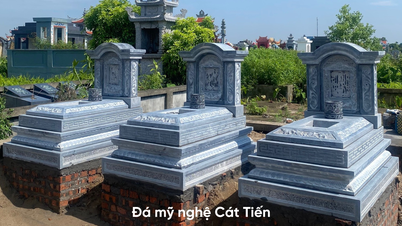



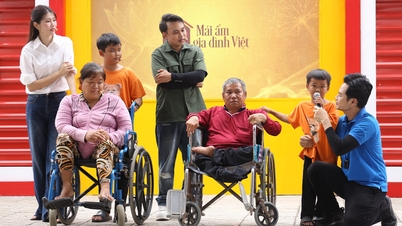








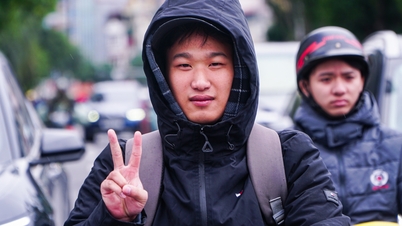






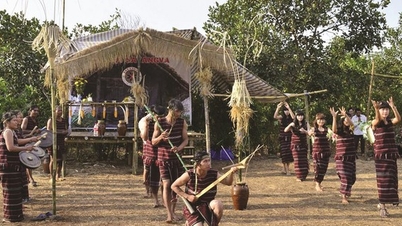






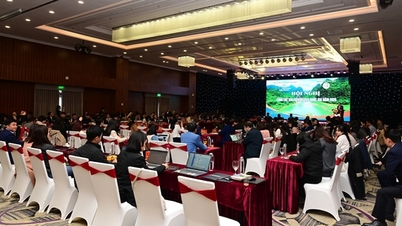

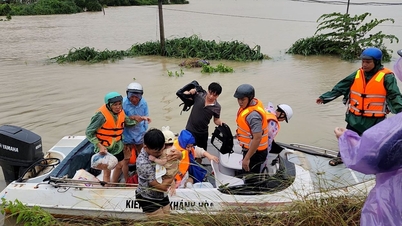

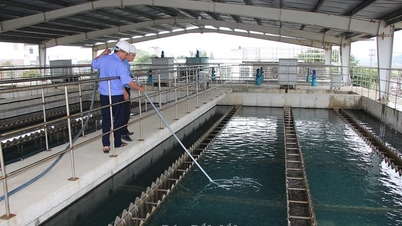




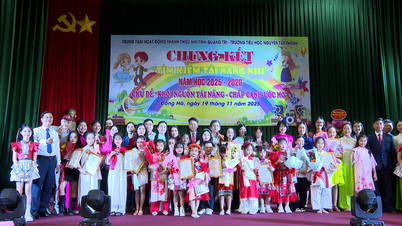

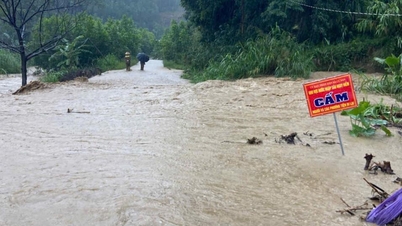












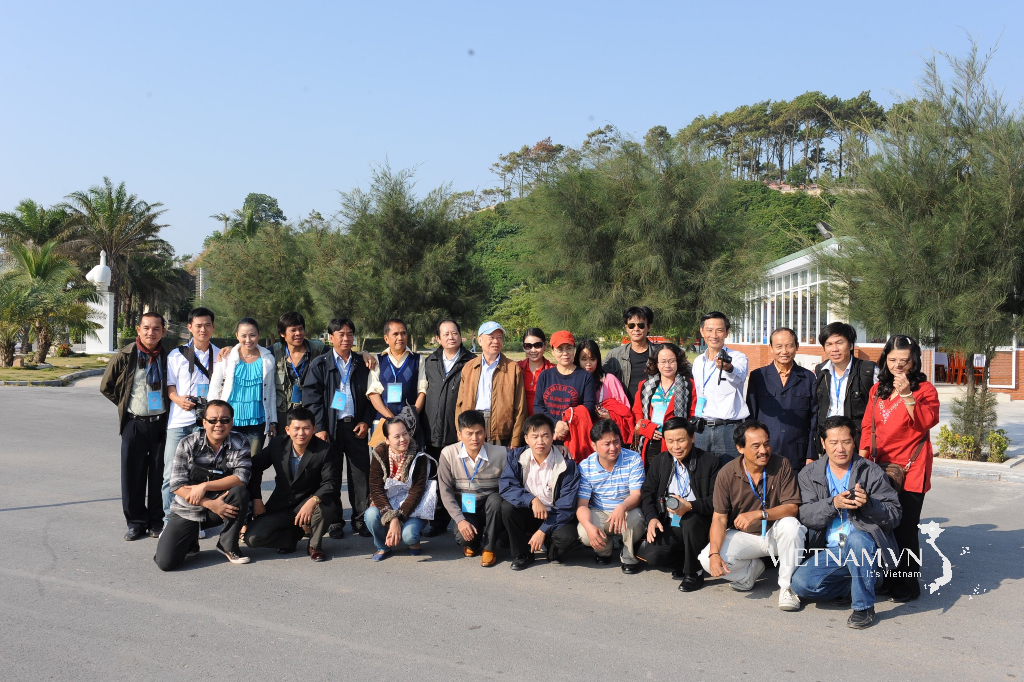

Comment (0)